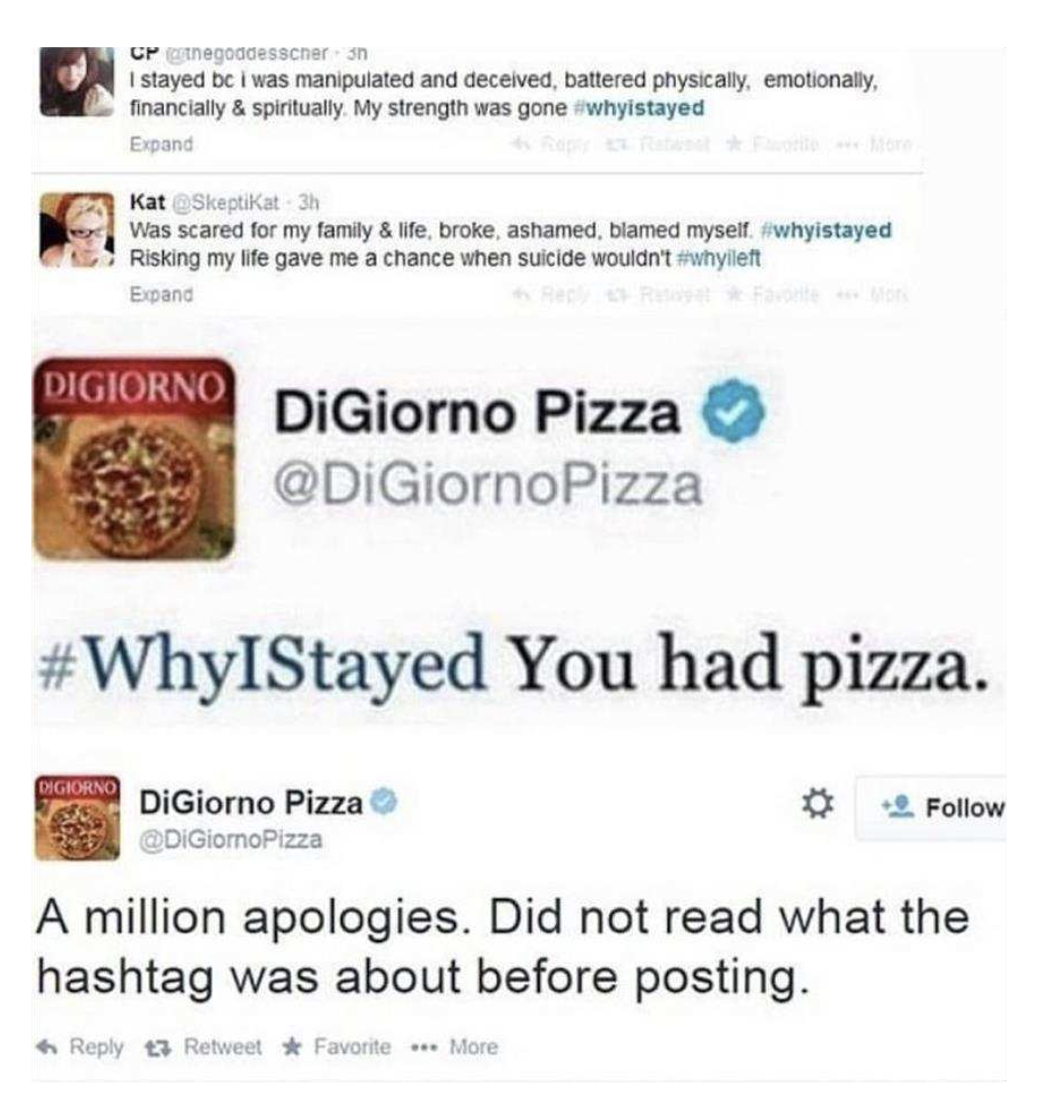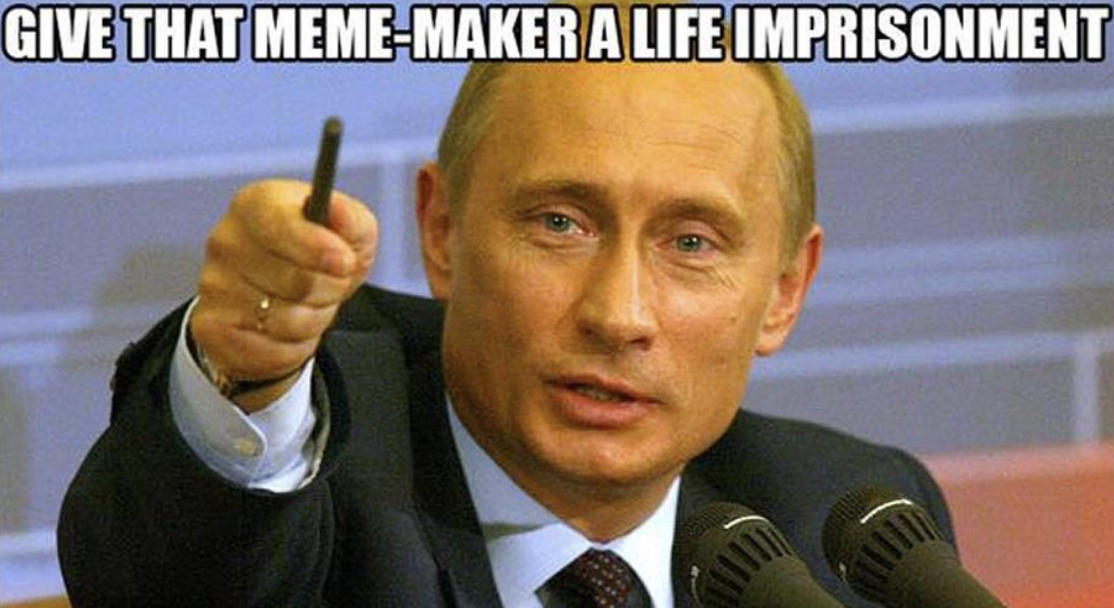A place for quotes, summaries, key points or something else that you want to highlight in this blog post.
Each problem is unique in its own way. Sometimes you get stuck with some bug without having an idea what to do next except to use joker “call other dev”. Sometimes you miss an estimate for the new feature by a lot just because you haven’t planned it properly or you have missed some obvious points because you haven’t asked the right questions at the right time.
As you gain experience, you probably start having your own way of approaching these problems, set of some unwritten. You formed these rules, by bleeding on some problems, basically from your mistakes and falls. Would it be better to gain advantage by developing/learning a strategy much earlier in a career, and avoid unnecessary bleeding.
Having an exact strategy on how to approach problems in development can make your life easier. Even though you don’t need to follow exact steps every time, you will by time incorporate these steps unconsciously in your routine. Start by forcing yourself to follow these steps, write them somewhere in a visible place in your (home)office. Let’s try to define strategy!

Each problem is unique in its own way. Sometimes you get stuck with some bug without having an idea what to do next except to use joker “call other dev”. Sometimes you miss an estimate for the new feature by a lot just because you haven’t planned it properly or you have missed some obvious points because you haven’t asked the right questions at the right time.
As you gain experience, you probably start having your own way of approaching these problems, set of some unwritten. You formed these rules, by bleeding on some problems, basically from your mistakes and falls. Would it be better to gain advantage by developing/learning a strategy much earlier in a career, and avoid unnecessary bleeding.
Having an exact strategy on how to approach problems in development can make your life easier. Even though you don’t need to follow exact steps every time, you will by time incorporate these steps unconsciously in your routine. Start by forcing yourself to follow these steps, write them somewhere in a visible place in your (home)office. Let’s try to define strategy!
Handling features
Even though your first tasks on your first real jobs will be to fix some minor bugs, soon after you will start working on some startup or get an opportunity to work on an important company project, there you will need to implement some features.
We have divided feature implementation in following steps:
- Analysis
- Estimation
- Coding
Heading 2
Heading 3
Heading 4
Heading 5
Heading 6
Block quote
Unordered list
Text link
Bold text
Emphasis
Superscript
Subscript
Each problem is unique in its own way. Sometimes you get stuck with some bug without having an idea what to do next except to use joker “call other dev”. Sometimes you miss an estimate for the new feature by a lot just because you haven’t planned it properly or you have missed some obvious points because you haven’t asked the right questions at the right time.
As you gain experience, you probably start having your own way of approaching these problems, set of some unwritten. You formed these rules, by bleeding on some problems, basically from your mistakes and falls. Would it be better to gain advantage by developing/learning a strategy much earlier in a career, and avoid unnecessary bleeding.
Having an exact strategy on how to approach problems in development can make your life easier. Even though you don’t need to follow exact steps every time, you will by time incorporate these steps unconsciously in your routine. Start by forcing yourself to follow these steps, write them somewhere in a visible place in your (home)office. Let’s try to define strategy!
Even though your first tasks on your first real jobs will be to fix some minor bugs, soon after you will start working on some startup or get an opportunity to work on an important company project, there you will need to implement some features.
We have divided feature implementation in following steps:
- Analysis
- Estimation
- Coding
Heading 2
Heading 3
Heading 4
Heading 5
Heading 6
Block quote
Unordered list
Text link
Bold text
Emphasis
Superscript
Subscript
Each problem is unique in its own way. Sometimes you get stuck with some bug without having an idea what to do next except to use joker “call other dev”. Sometimes you miss an estimate for the new feature by a lot just because you haven’t planned it properly or you have missed some obvious points because you haven’t asked the right questions at the right time.
As you gain experience, you probably start having your own way of approaching these problems, set of some unwritten. You formed these rules, by bleeding on some problems, basically from your mistakes and falls. Would it be better to gain advantage by developing/learning a strategy much earlier in a career, and avoid unnecessary bleeding.
Having an exact strategy on how to approach problems in development can make your life easier. Even though you don’t need to follow exact steps every time, you will by time incorporate these steps unconsciously in your routine. Start by forcing yourself to follow these steps, write them somewhere in a visible place in your (home)office. Let’s try to define strategy!
Even though your first tasks on your first real jobs will be to fix some minor bugs, soon after you will start working on some startup or get an opportunity to work on an important company project, there you will need to implement some features.
We have divided feature implementation in following steps:
- Analysis
- Estimation
- Coding
Heading 2
Heading 3
Heading 4
Heading 5
Heading 6
Block quote
Unordered list
Text link
Bold text
Emphasis
Superscript
Subscript
Each problem is unique in its own way. Sometimes you get stuck with some bug without having an idea what to do next except to use joker “call other dev”. Sometimes you miss an estimate for the new feature by a lot just because you haven’t planned it properly or you have missed some obvious points because you haven’t asked the right questions at the right time.
As you gain experience, you probably start having your own way of approaching these problems, set of some unwritten. You formed these rules, by bleeding on some problems, basically from your mistakes and falls. Would it be better to gain advantage by developing/learning a strategy much earlier in a career, and avoid unnecessary bleeding.
Having an exact strategy on how to approach problems in development can make your life easier. Even though you don’t need to follow exact steps every time, you will by time incorporate these steps unconsciously in your routine. Start by forcing yourself to follow these steps, write them somewhere in a visible place in your (home)office. Let’s try to define strategy!
Even though your first tasks on your first real jobs will be to fix some minor bugs, soon after you will start working on some startup or get an opportunity to work on an important company project, there you will need to implement some features.
We have divided feature implementation in following steps:
- Analysis
- Estimation
- Coding
Heading 2
Heading 3
Heading 4
Heading 5
Heading 6
Block quote
Unordered list
Text link
Bold text
Emphasis
Superscript
Subscript
Heading 2
Heading 3
Heading 4
Heading 5
Heading 6
Lorem ipsum dolor sit amet, consectetur adipiscing elit, sed do eiusmod tempor incididunt ut labore et dolore magna aliqua. Ut enim ad minim veniam, quis nostrud exercitation ullamco laboris nisi ut aliquip ex ea commodo consequat. Duis aute irure dolor in reprehenderit in voluptate velit esse cillum dolore eu fugiat nulla pariatur.
Block quote
Ordered list
- Item 1
- Item 2
- Item 3
Unordered list
Text link
Bold text
Emphasis
Superscript
Subscript
How the Evolution of Ideas Ended Up in Your Feed
Let’s be honest—ads are kinda boring. But memes? Memes are quick, funny, painfully relatable, and dangerously shareable. Welcome to the world where marketing meets meme culture, and your product might just go viral because of a frog with attitude or a dancing 3D baby. So how did we get here? And more importantly, how do you use memes without sounding like a brand trying way too hard?
Grab a coffee (or a stress snack), and let’s break it down.

A (Not-So-Boring) History of Memes
First off, the word memedidn’t come from TikTok.It came from a British biologist named Richard Dawkins in 1976 (yes, really). In his book The Selfish Gene, he described memes as ideas that spread from person to person, kind of like cultural genes.

*The Selfish Gene, book in which word “meme” first appeared
Then the internet happened. And memes?
They mutated.
Enter: the Dancing Baby (1996). A weird 3D animation that somehow became iconic. It spread via email chains, made it onto TV (Ally McBeal fans, anyone?), and officially became the first viral internet meme.
From theory to dancing digital babies. That escalated quickly.

- - Analysis
- - Estimation
- - Coding
- - Testing
Why We Love Memes So Much
Spoiler: It’s science.
Dr. Limor Shifman (aka meme expert) says people share memes to express who they are and feel part of a group.
Neuroscientist Marco Iacoboni says we connect with stuff that reflects how we feel.
Memes = emotional glue + shared inside jokes.
So when you see the “This is fine” dog calmly sipping coffee in a burning room and think “wow, me,” –you’re not alone.

Memes are therapy in pixels.
Meme Marketing: When Brands Try to Be “One of Us”
Meme marketing is when brands use internet humor to get your attention without sounding like they’re trying to sell you something.
When done right, it feels like your witty friend sent you a post—not a company yelling “BUY THIS!”
Here’s why it works:
- People are tired of polished, perfect, boring ads
- Memes feel real and in-the-moment
- They help brands sound human, not like robots
- Humor = connection. And connection = loyalty.





- - firm deadlines and they try to save time in analysis and estimation
- - not willing to participate and communicate in meetings which are related to analysis
- - because of mindset that these meetings are waste of time
- - if you are less experienced engineer you might be having a fear of asking stuping questions
- - jump on coding directly and try to figure out things during development
As a part of analysis you need to do following:
1. Read your ticket
Read your ticket carefully. Make sure all acceptance criterias are clear to you. If there are no AC’s, there must be some product or project manager who should explain the ticket to you.
After you have read your ticket, if you are working on client-side there should be some design that will show you what you need to code.
2. Design analysis
You need to analyze design, and communicate any potential discrepancies or unclarities with the designer.
- - Check if designer is following design system and using standardized components
- - Check if implementation complexity is on a much higher level then benefits we are getting?
3. Compare design and acceptance criteria (AC)
Compare ticket description (and AC’s) with implemented design. If they are not in sync, communicate those differences with products, PM and designer. You need to have a clear picture, and know everything about the feature you are going to implement.
4. Ask questions
- - Don’t be afraid to ask questions about anything.
- - Asking questions and proper communication is in general one of the most important things that will take you to successfully finalize your tasks on time.
5. Check the codebase and analyze technical implementation
After you are clear about what you need to implement, you should take a quick look at the current state of the app and check the codebase where you are adding this feature. Think from a logical standpoint, are there some things that are not possible to implement in a way that non-tech people have envisioned it. See if you have proper knowledge of the technology you are working on, try figuring out if you can implement requested or you need guidance from more senior dev.
Ask for opinions from people who have already touched that part of the app.
6. Client side - server side sync
Also, if you are interacting with the backend side (or vice-versa), you need to take into account if you have everything ready from the other side. Also, point out any additional work that should be done on the other side before you can complete your task.
7. Divide ticket into subtasks
After you have verified all the stuff mentioned, you need to create your own plan of the implementation. Divide ticket into minor subtasks, either creating those subtasks in reality or having it just on a piece of paper.
8. Create implementation plan
Write down your plan and keep notes of any future adjustments.
Meme Marketing That Actually Slaps
Let’s shout out some brands who totally get it:
- Denny’s–Their social media posts feel like chaotic 3am diner convos. And we’re here for it.
- Wendy’s– Queen of the clapbacks. Their roast sessions are legendary.
- Netflix– They turn scenes from their own shows into memes to promote what’s trending. - Duolingo– The passive-aggressive owl who reminds you to study? Iconic.
- Gucci – Yes, even luxury fashion gets meme-y. They teamed up with meme creators for a high-end, low-effort campaign that worked.
Meme Fails: When Brands Try Too Hard
Let’s not pretend it’s all wins.
XSome meme attempts are... painful.
- DiGiorno Pizza used the hashtag #WhyIStayed (a serious domestic violence tag) without understanding the context. Yikes.

- Heineken had an ad that said “Sometimes, lighter is better.” Not great.

Moral of the story: Know your meme. If you don’t get it, don’t use it. Or at least ask your intern

- - Not investing enough time in analysis phase - being unprepared
- - Being too optimistic and not anticipating unexpected events
- - Blind guessing
When estimating, you should keep in mind following things:
1. Estimate each subtask separately
Estimate each subtask separately and in the end just summarize the points.
2. Consider PR reviews
You should consider also adding some points for PR reviews - because those can take some time, especially when complex logic is implemented.
3. Meetings and communication in the team
Consider time you will need to invest into communication with the team if needed (ex integration)
4. Dev Testing
Dev testing is a really important part to minimize bugs produced, so that will take some time also. Also, if you are working in different environments, you need to test on all those also. If deploying is your responsibility, you should take into account that time also.
5. Unexpected things
And just when you thought you had your final estimate, pause for a second, and add some points for unexpected things. Always expect the unexpected.
Russian Anti-Meme Law
Back in 2015, Russia passed a law banning memes of public figures if they were “out of context” with their real-life image. Yep—no more funny Putin edits.
The internet responded the only way it knows how: by making even more memes. Classic Streisand Effect—try to shut it down, and you just make it louder (and funnier)

The Future of Memes (Yes, There Is One)
Memes aren’t just for LOLs anymore. They’re a legit marketing language.
In 2025, attention spans are short, vibes are everything, and people trust a good meme more than a shiny ad.
If you want to stay relevant:
- Speak the language of the feed
- Be funny without trying too hard
- Stay current—last year’s memes are this year’s cringe
- And whatever you do—don’t fake it. The internet can smell desperation.
So, what’s the big lesson here? Let’s break it down:

1. Memes are a gamble.
Just like hopping on trending slang or breaking news, meme marketing can go either way. It might blow up in the best way—or flop before lunch. Timing, tone, and context matter a lot.
2. Memes can refresh your brand image.
Take a cue from Gucci: when done creatively, memes can become a bold branding move. But let’s be clear—it's more than just slapping a funny line on a stock photo. Strategy and originality go hand in hand.
3. Memes drive engagement because they’re made to be shared.
People love passing memes around. They’re bite-sized, funny, and relatable. They can help build a brand personality that feels weird, wonderful, and very human.


















.jpg)



